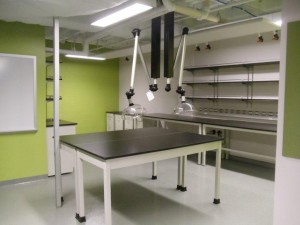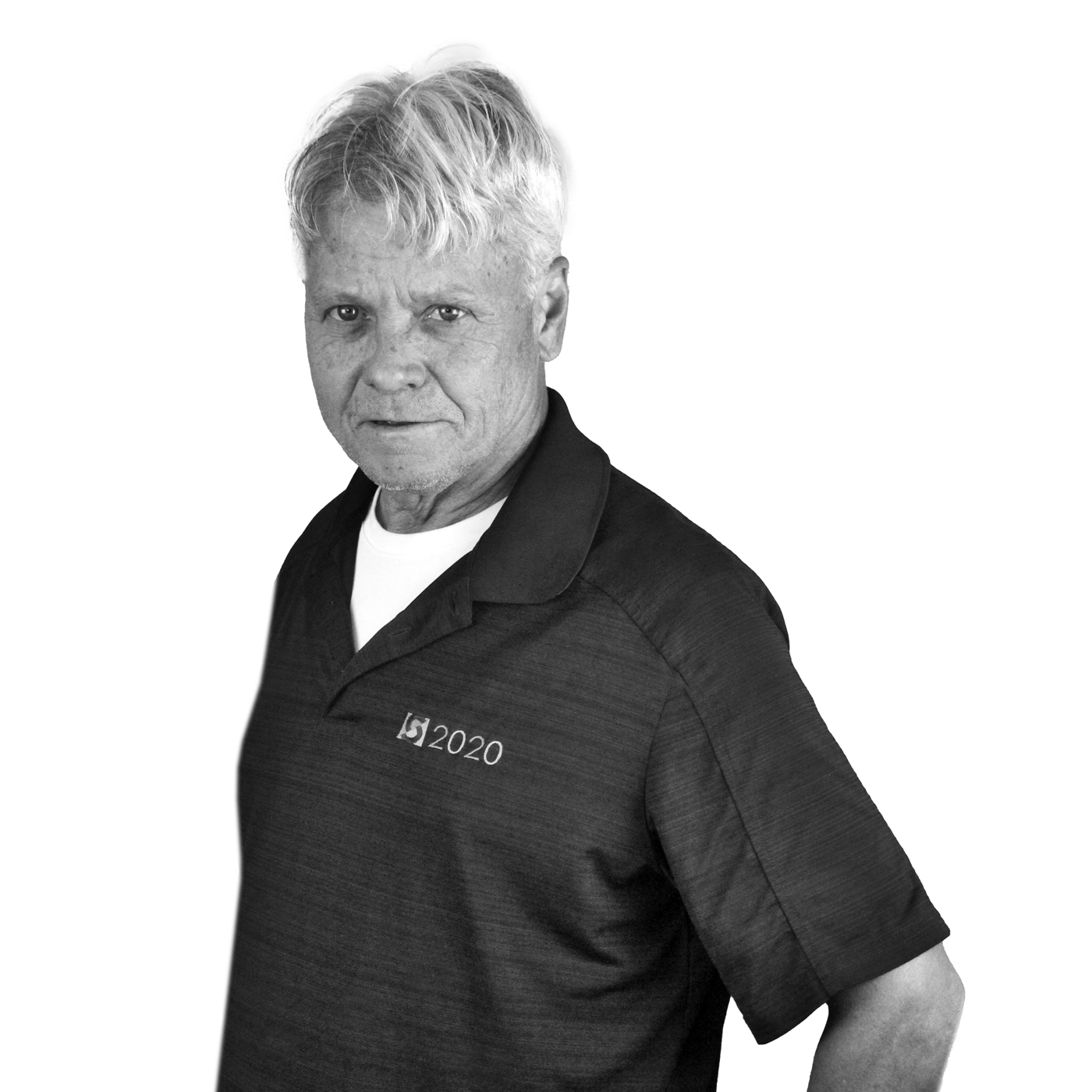Laboratory Casework: Understanding the Factors Involved
Laboratory casework is typically about more than simply selecting the right cabinets, counter tops, and drawer units that will look great in the lab. Instead, it’s about finding a balance between the world of aesthetics and that of functionality. If you’re considering new casework for your lab, here are a few factors you may want to add into the equation. 
- Is It An Open or Closed Lab? The casework you can choose can often make the difference in how well your lab actually functions. Open labs tend to be more social, encouraging innovation and interaction among staff members, which could be key in ensuring projects are completed in a timely manner. Closed labs, though, are certainly still necessary in many settings. For example, if you’re working with certain equipment or some kinds of research, the last thing you want is an open lab. You need dedicated spacing for safety, and possibly privacy, reasons.
- How Flexible Does Your Space Need to Be? If your lab frequently changes direction, projects, or even staff, you want to maintain maximum flexibility, and while making certain that a solid portion of the lab is dedicated to equipment space can help, the right casework can too. If a new team will be coming into the lab, they’ll know exactly what’s needed for the work, and the right casework can help get the new project up and running much sooner.
- Is Budget A Factor? As simple as it may seem, for many labs these days, the budget is a real concern, so be sure to take a close look at all of your available options. From painted steel choices to the durable phenolic resin, there are so many different choices, and while all of them have both benefits and drawbacks, you’re certain to find one that meets your needs and your budget.
If you’re shopping for laboratory casework, look no further than Carroll Seating Company. With lots of options and customizable choices to help furnish your lab, we’re the only solution you’ll ever need.






























1 comments